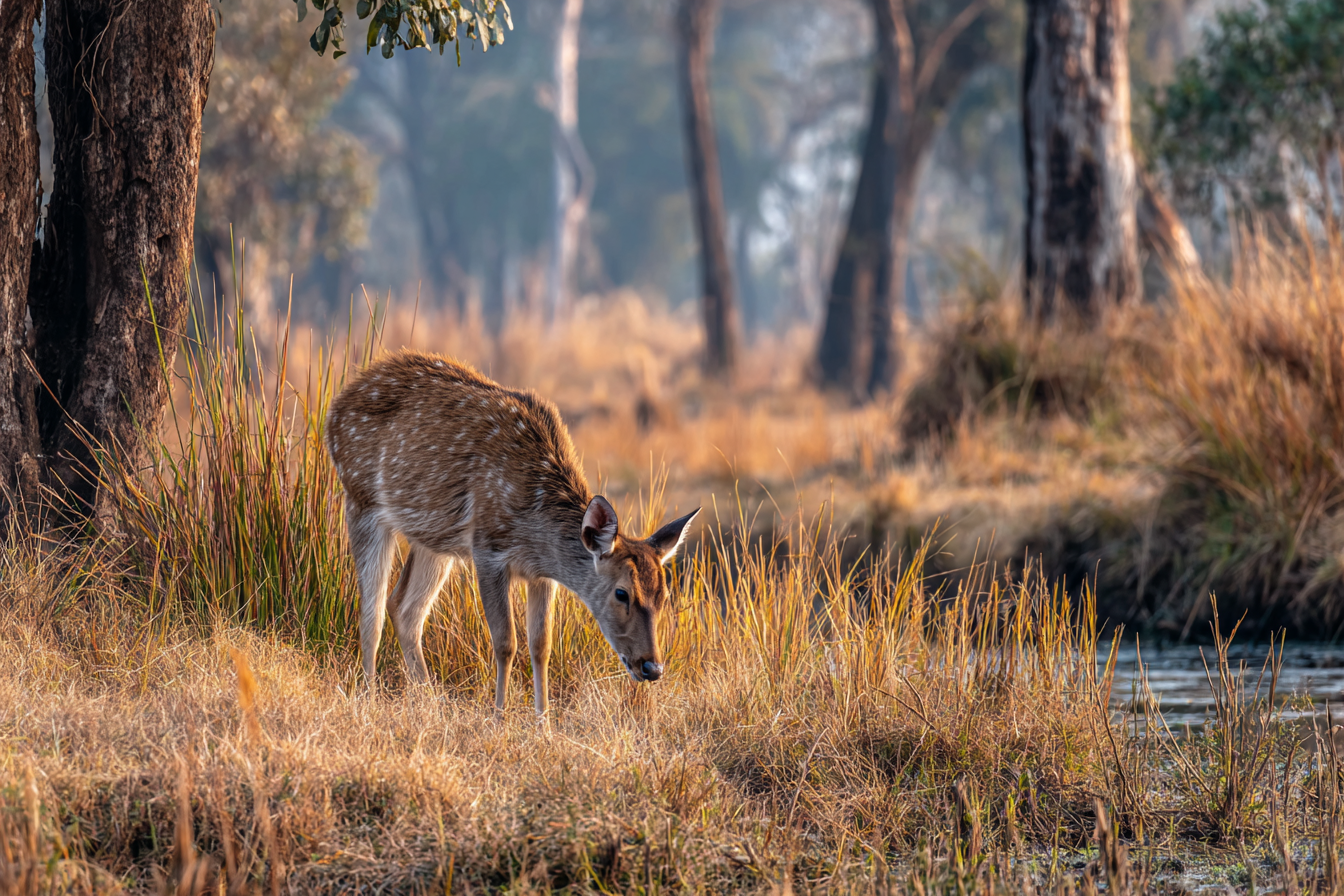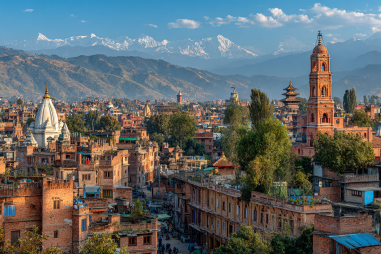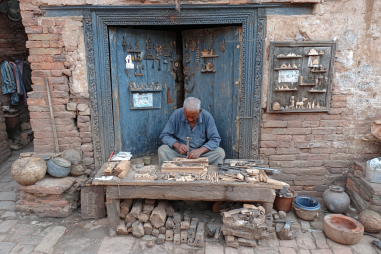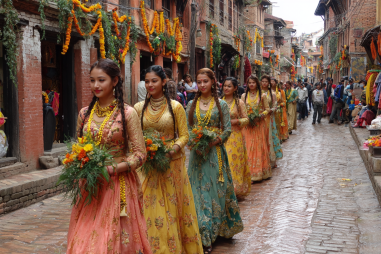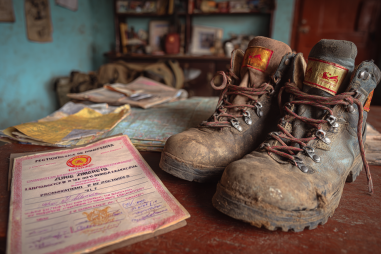Planning a trip to Bardia National Park in Nepal is an exciting endeavor, especially for wildlife enthusiasts and adventure seekers. Known as one of the finest national parks in the country, Bardia offers a rich tapestry of flora and fauna, breathtaking landscapes, and the thrilling possibility of spotting elusive creatures like the Bengal tiger. But to truly make the most of your visit, understanding the climate and identifying the best time to visit Bardia National Park is essential. From peak wildlife sightings to weather conditions and seasonal activities, this guide will walk you through everything you need to know for an unforgettable experience.
Understanding the Climate and Seasons in Bardia
Bardia National Park experiences a subtropical climate with distinct seasons that significantly affect wildlife behavior and accessibility for visitors. Broadly, the year can be divided into three main seasons:
- Winter (October to February): This is the cool and dry season, often considered the most favorable time for visiting due to comfortable temperatures and clear skies.
- Spring and Summer (March to June): Characterized by warmer temperatures, this period brings about the pre-monsoon heat but also blooms of flora that attract a variety of animals.
- Monsoon (July to September): The rainy season, marked by heavy showers that transform the landscape but can also hinder travel and animal sightings.
Each season offers a unique perspective on the park’s biodiversity and natural beauty, making it important to plan according to your priorities, whether that’s wildlife spotting or adventure activities.
Peak Wildlife Viewing Months
If your main goal for visiting Bardia National Park is to experience its incredible wildlife, timing your trip appropriately is critical. The best months for wildlife viewing are typically during the dry winter months:
- November to February: These months are prime for spotting a diverse array of animals, including the famous Bengal tiger, one-horned rhinoceros, elephants, crocodiles, and numerous bird species. The dry climate causes animals to congregate near water sources, making sightings more frequent and reliable.
During this season, the vegetation is less dense, which enhances visibility for safari-goers and photographers alike. The cool mornings and evenings also mean animals are more active during daylight hours.
Spring months (March to May) can also be rewarding for wildlife enthusiasts, as many species become more active with the warming temperatures. However, sightings might be less predictable than in winter due to thicker foliage and some remaining moisture.
Weather Considerations for Your Visit
Understanding Bardia’s weather patterns is crucial to ensuring a comfortable and safe visit. During the winter months, temperatures range from 5°C to 25°C (41°F to 77°F), making it cooler but pleasant for outdoor activities like jungle safaris and bird watching.
In contrast, the summer months can be hot and humid, with temperatures soaring up to 35°C (95°F) or more. This can lead to heat fatigue for some travelers, and animals tend to rest during the heat of the day, limiting sightings.
The monsoon season transforms the park with heavy rains, often leading to muddy trails and increased insect activity such as mosquitoes. While this season offers lush greenery and vibrant birdlife, it can also pose challenges like park closures and transportation difficulties. Therefore, monsoon visits are generally recommended only for travelers seeking solitude and a heavily forested environment.
Seasonal Activities Available
Bardia National Park offers a variety of activities tailored to the seasons, enriching your wildlife and adventure experience:
- Winter (October to February): Ideal for jungle safaris on elephants or jeeps, guided nature walks, bird watching, and river rafting in nearby areas. The cool climate is perfect for extended outdoor explorations.
- Spring and Summer (March to June): Nature walks and birdwatching remain popular, and this is also a great time for photography due to the blooming landscapes. Some water activities become more inviting during the warmer days.
- Monsoon (July to September): While traditional safaris might be limited, this period is perfect for experiencing the forest’s rejuvenation, butterfly watching, and cultural tours in the local villages around the park.
The timing of your visit should align with the activities that interest you most to maximize enjoyment.
Travel Tips for Each Season
When planning your trip to Bardia National Park, taking season-specific travel tips into account will enhance your comfort and safety:
- Winter: Dress in layers to adjust to chilly mornings and warmer afternoons. Book your safaris in advance as this is the park’s high season. Carry binoculars and a good camera to capture wildlife moments.
- Spring/Summer: Bring sun protection such as hats, sunscreen, and light breathable clothing. Stay hydrated and be prepared for occasional rain showers. Early morning and late afternoon are best for wildlife spotting.
- Monsoon: Waterproof gear including jackets and bags is essential. Opt for sturdy, waterproof footwear for trekking. Always check weather updates and confirm park accessibility as heavy rains can affect transportation and safari schedules.
Packing Recommendations
Your packing list should reflect the season and activities you plan to undertake in Bardia National Park. Here are essential items to consider:
- Lightweight, moisture-wicking clothing for warmer months
- Warm layers and a windbreaker for the cooler winter months
- Comfortable, sturdy hiking shoes or boots
- Sun protection: sunscreen, hat, sunglasses
- Insect repellent, especially during monsoon and summer seasons
- Binoculars and camera with zoom capabilities for wildlife viewing
- Reusable water bottle to stay hydrated
- Basic first aid kit, including any personal medications
- Rain gear if traveling during the monsoon
Packing thoughtfully will help you stay comfortable and prepared throughout your adventure.
Finding the Right Time for Your Bardia Experience
Ultimately, the best time to visit Bardia National Park depends on what you want from your trip. For those prioritizing wildlife sightings, especially the chance to see Bengal tigers in their natural habitat, the dry winter months from November to February offer the best opportunities. These months also provide comfortable weather for various outdoor activities and easier park access.
If you’re drawn to vibrant landscapes and diverse birdlife, spring and early summer could be your ideal window, albeit with warmer weather. For travelers eager to witness the park’s lush transformation and enjoy a quieter experience away from peak crowds, the monsoon season presents a unique charm despite the challenges of rain and humidity.
By aligning your visit with these seasonal insights and travel tips, your trip to Bardia National Park will be a thrilling, comfortable, and memorable adventure filled with incredible wildlife encounters and scenic beauty.

